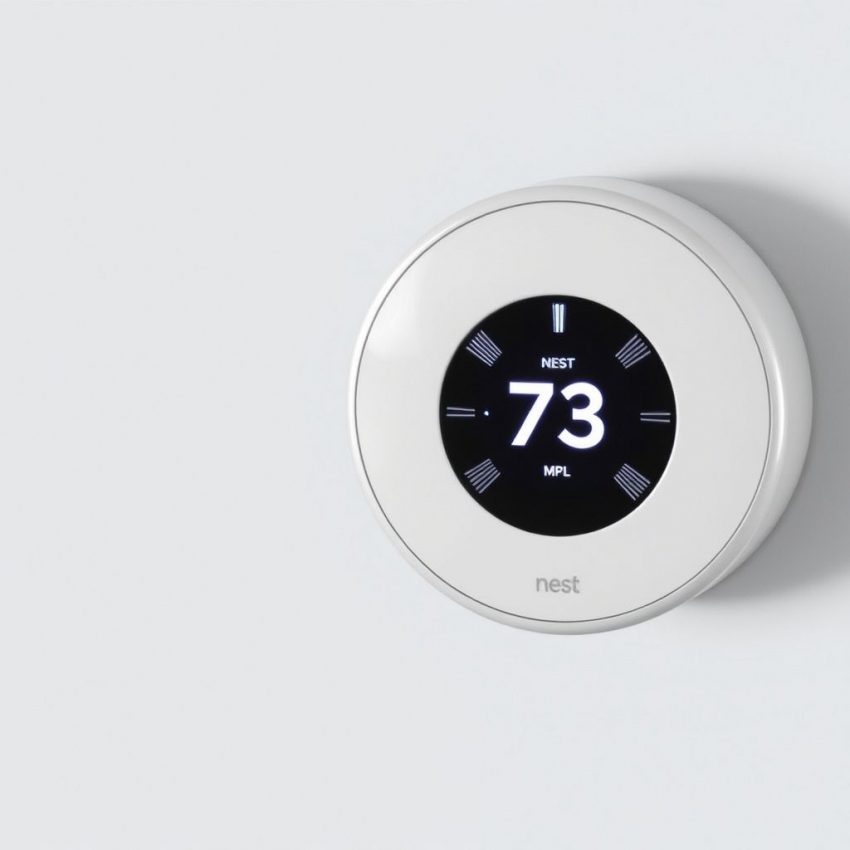Your Old Nest Thermostat Might Be Getting Dumber: What You Need to Know
For years, Nest thermostats have been synonymous with smart home comfort. Their learning capabilities, sleek design, and energy-saving features made them a popular choice for homeowners looking to upgrade. However, a recent announcement from Google has left many Nest owners wondering about the future of their smart thermostats. Put simply: older Nest devices are about to lose some of their smarts.
What's happening?
Google is sunsetting the Works with Nest program, which allowed third-party devices and services to integrate with Nest products. This means that features relying on this integration, like voice control through non-Google assistants (like Alexa), IFTTT applets, and connections with other smart home platforms, will cease to function for older Nest devices.
Which devices are affected?
The primary devices affected are the 1st generation Nest Thermostat, the Nest Thermostat E, and the 3rd generation Nest Learning Thermostat. While these thermostats will continue to function as thermostats, they will lose their “smart” functionality connected to the Works with Nest program. Newer Google Nest thermostats, including the Nest Thermostat (2020) and the Nest Learning Thermostat (4th generation), are not impacted by this change.
What features will I lose?
The specific features lost will depend on your current setup and integrations. Here are some examples:
- Voice control with non-Google assistants: If you control your Nest Thermostat with Alexa or another voice assistant other than Google Assistant, you'll lose this capability.
- IFTTT integration: Any IFTTT applets that control or interact with your Nest Thermostat will stop working. This could affect automations like automatically adjusting the temperature based on your location or the weather.
- Smart home platform connections: Connections with other smart home hubs, like SmartThings or HomeKit, may be affected, limiting their ability to interact with your Nest Thermostat.
- Works with Nest connections: Other Works with Nest integrations, like lighting control or security system tie-ins, will also cease to function.
What can you do?
- Upgrade to a newer Google Nest Thermostat: This is the most straightforward solution to retain and even expand your smart home functionality. Newer models offer enhanced features and full integration with the Google Home ecosystem.
- Explore alternative smart home platforms: If you're not invested in the Google Home ecosystem, consider switching to a different smart thermostat and platform that offers the integrations you need.
- Accept the limitations: If the lost features are not crucial to your needs, you can continue using your existing Nest Thermostat as a basic, albeit well-designed, thermostat.
Why is Google doing this?
Google claims this change is to streamline the user experience and focus on the Google Home ecosystem. While this may be true, it undeniably leaves many long-time Nest users feeling frustrated.
The bottom line:
The sunsetting of Works with Nest is a significant change for owners of older Nest Thermostats. Understanding the implications of this change and exploring your options will help you maintain the level of smart home control you desire. If you rely heavily on the integrations provided by Works with Nest, upgrading to a newer Google Nest Thermostat or exploring alternative smart home platforms may be necessary. Don't get left out in the cold – take the time to assess your needs and make the best decision for your smart home.
Don’t miss out on this exclusive deal, specially curated for our readers! Flexibility matters: Explore deals with free cancellation options at Expedia.com
This page includes affiliate links. If you make a qualifying purchase through these links, I may earn a commission at no extra cost to you. For more details, please refer to the disclaimer page. disclaimer page.

